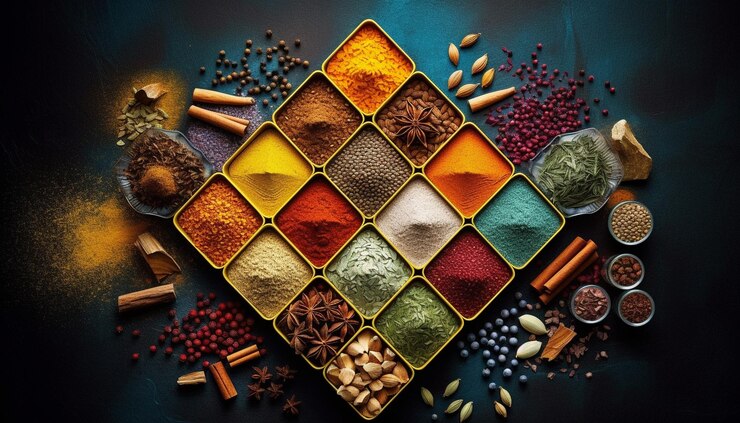India has secured its place as the unrivaled spice hub globally, holding the prestigious title of the largest exporter of spices. With a rich history deeply intertwined with the spice trade, the nation has cultivated a diverse range of aromatic and flavorful spices that captivate taste buds around the world.
A Tapestry of Flavors:
India’s spice repertoire is a colorful tapestry, featuring iconic spices like cumin, coriander, turmeric, cardamom, and black pepper, among many others. The unique blend of these spices not only adds depth and character to Indian cuisine but has also become integral to dishes worldwide.
Historical Spice Routes:
The spice trade has been an integral part of India’s history, with ancient trade routes connecting the country to various corners of the globe. The allure of Indian spices reached far and wide, attracting merchants and explorers from Europe to Asia. This historical connection has left an indelible mark on India’s cultural identity.
Global Spice Dominance:
India’s dominance in the global spice market is reflected in its significant share of spice exports. The country’s ability to produce spices in abundance, coupled with the commitment to maintaining high quality, has positioned it as the go-to source for spices for countless nations.
Diverse Culinary Influence:
The global impact of Indian spices extends beyond their physical export. The culinary world has embraced these aromatic treasures, with chefs and home cooks worldwide incorporating Indian spices into a myriad of dishes. This culinary cross-pollination has led to the fusion of flavors, creating innovative and tantalizing gastronomic experiences.
Challenges and Sustainability:
Despite its success, the spice industry in India faces challenges, including climate change, fluctuating commodity prices, and sustainability concerns. Efforts are being made to address these issues, ensuring the longevity and eco-friendliness of spice production.
Looking to the Future:
As India continues to be the primary source of spices for global markets, the future holds both challenges and opportunities. Sustainable practices, technological advancements, and international collaborations will play crucial roles in shaping the trajectory of India’s spice industry.
In conclusion, India’s status as the largest exporter of spices is not merely a statistic but a testament to the nation’s centuries-old expertise in cultivating and trading these precious commodities. The aromatic legacy of Indian spices continues to weave its way into kitchens worldwide, enriching culinary experiences and connecting people through a shared love for flavorful cuisine.




